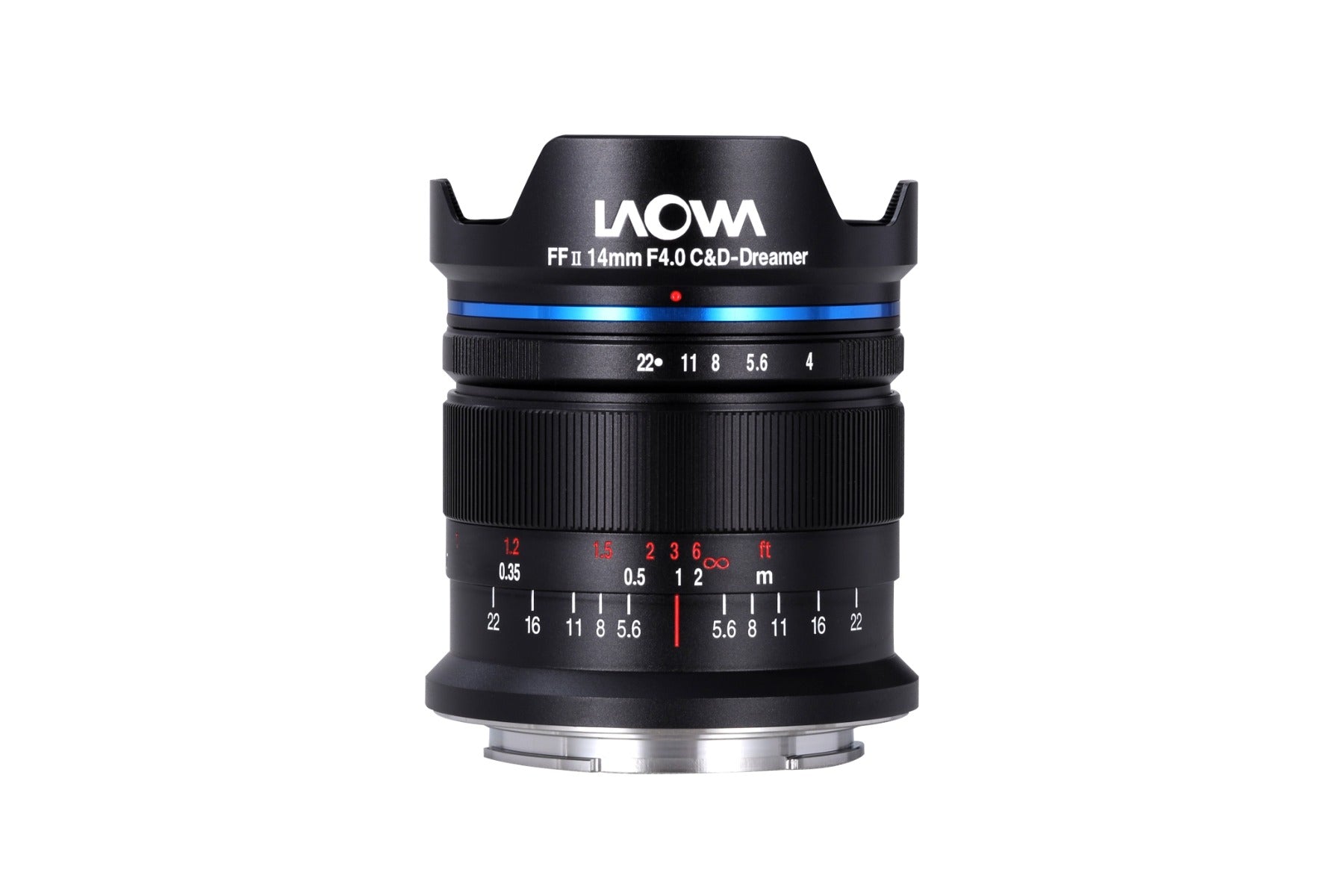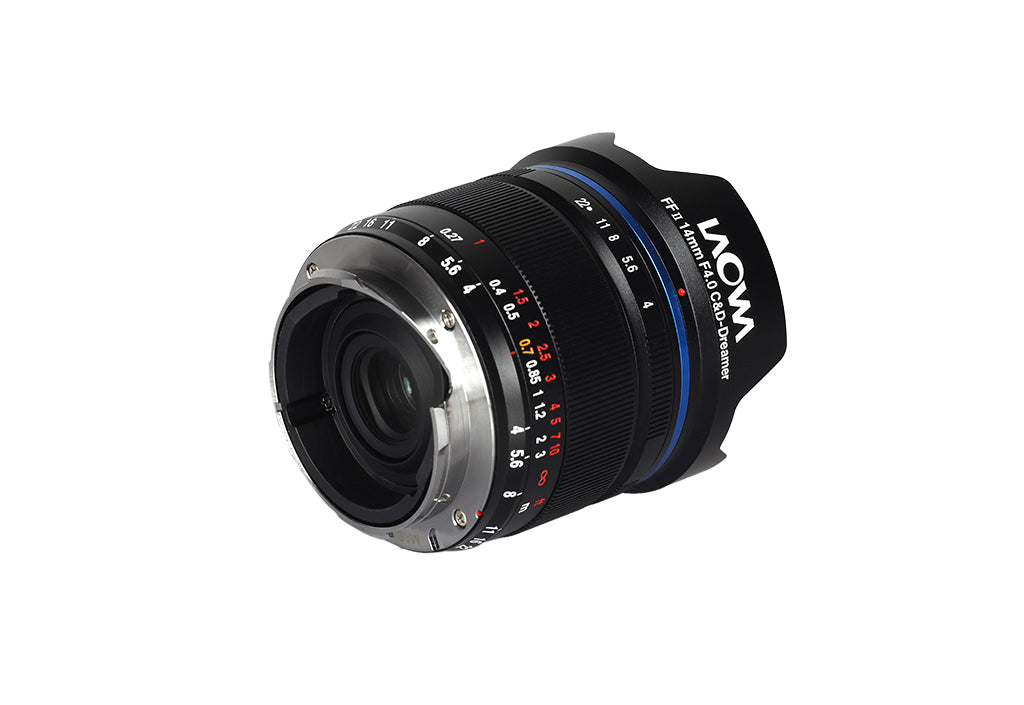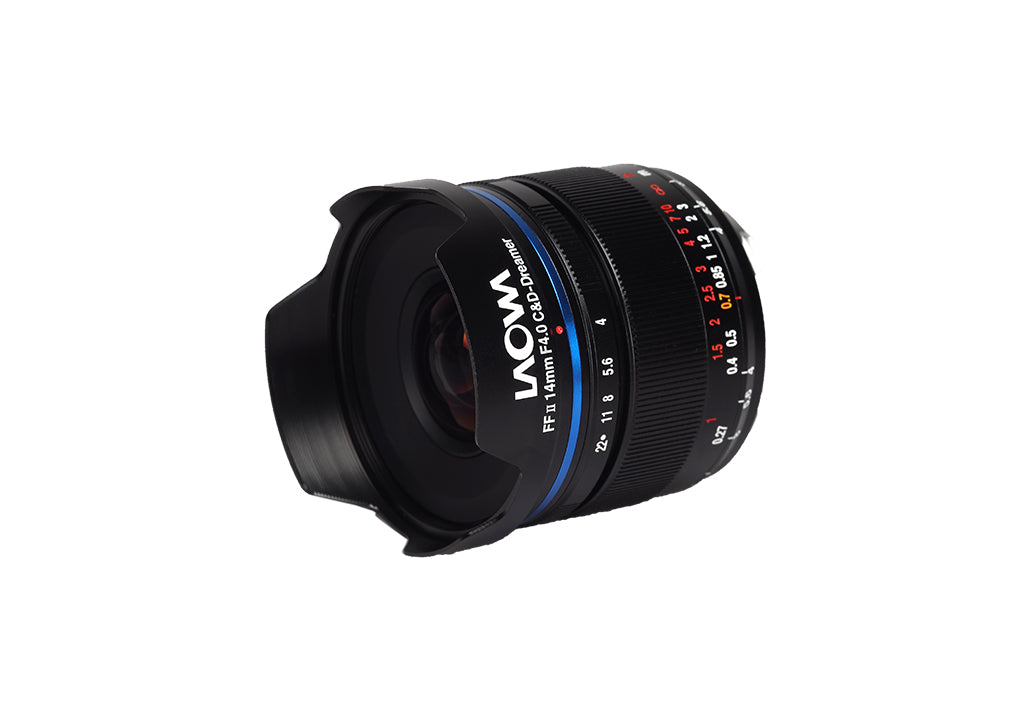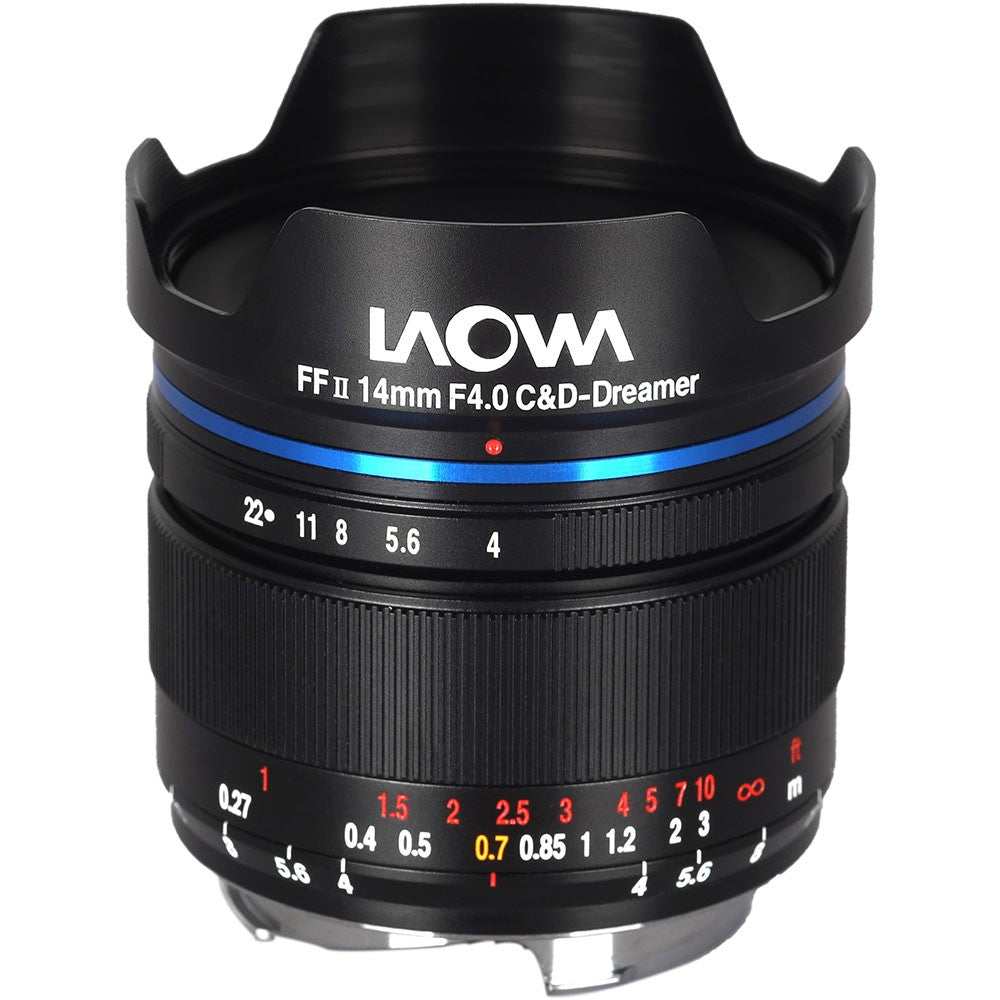Product Description
Laowa 14mm F4 FF RL Zero-D Lens
The Laowa 14mm F4 FF RL Zero-D Lens is a remarkable piece of equipment designed for full frame mirrorless cameras. With its 114° angle of view and close-to-zero distortion, this wide-angle lens is perfect for capturing stunning, inspiring pictures with unique elements.
One of the most impressive features of this lens is its screw-in 52mm filter thread, which allows photographers to experiment with different filters and effects. Additionally, its ultra-wide perspective provides a new level of creativity and versatility to your photography.
But what really sets the Laowa 14mm F4 FF RL Zero-D Lens apart is its compact and lightweight design. Weighing in at only 228g and measuring just 58mmx59mm, this lens can be easily carried with you wherever you go, without adding any unnecessary burden.
Overall, the Laowa 14mm F4 FF RL Zero-D Lens is a must-have for any serious photographer looking to take their craft to the next level. With its exceptional performance, versatility, and portability, it's a true game-changer in the world of photography.
For full specifications click Here

“Close-to-Zero” Distortion (Zero-D)
14mm f/4 FF RL Zero-D composed with 2 aspherical elements and 3 extra-low dispersion elements suppress the distortion to nearly Zero distortion from corner to corner. Also, chromatic aberration is controlled to the minimum.

Ⓒ ChenCanMíng

Ⓒ XuNuo
114° Angle of View
The 14mm f/4 FF RL Zero-D delivers an extraordinary image sharpness with a 114°angle of view. The ultra-wide angle lens allows photographers to have one-of-a-kind and inspiring pictures from an ultra-wide perspective.


Ⓒ ChenCanMing

Ⓒ Titus Sung
Built-in 52mm Filter Thread
A 52mm filter thread is equipped in the 14mm f/4 FF RL Zero-D. Conveniently, photographers can take great landscape and cityscape pictures easily without carrying filter holders. For photographers who opt to use slide-in filters, the specially designed magnetic filter holder allows them to use their 100mm-wide filters with no vignetting.

Extremely Compact and Lightweight
14mm f/4 FF RL Zero-D weighs 228g and the measured dimension is 58x59mm. The tiny lens is perfect for anyone to carry out photography.

- Perfect 10-point Sunstars
- The 5-bladed aperture creates perfect 10-point sunstars rendering.

Ⓒ WenTaiDaShu
- User-friendly Lens Design
- The new 14mm f/4 FF RL is carefully crafted to improve your user experience.


100mm Filter Holder
Despite the ultra-wide angle of view, the lens can use a specially designed filter holder that 100mm-wide filters can be used without serious vignetting. It gives photographers an extra option apart from the screw-in filters.

























